7 Secrets Behind Authentic Mexican Taco Seasoning (And How to Choose the Best One!) 🌮🔥
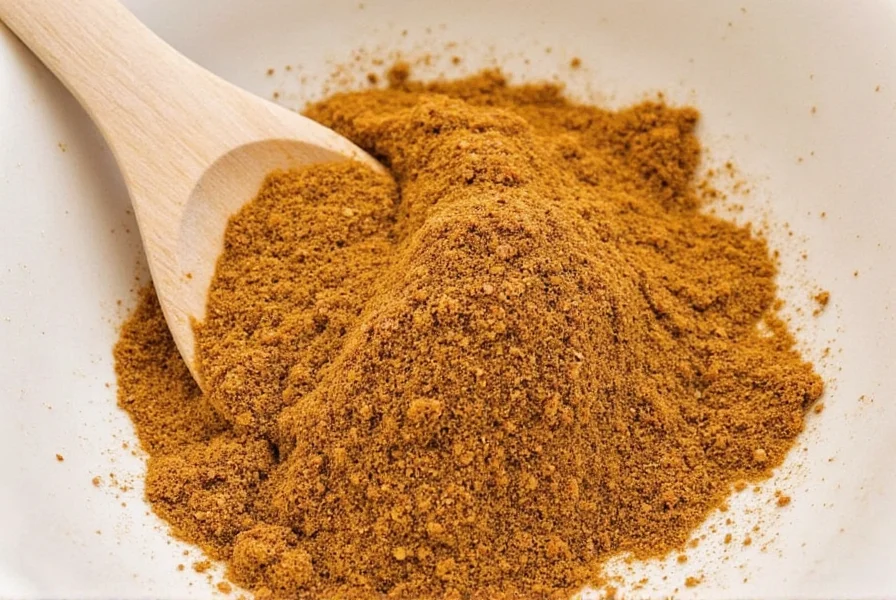
If you've ever bitten into a real-deal, street-style taco from Mexico and thought, 'Why doesn't mine taste like this at home?', we’ve got good news: it’s not just the tortilla or the meat. The secret often lies in the magic of authentic Mexican taco seasoning. Whether you're hosting a fiesta or craving a flavorful midweek meal, nailing that flavor is key.
Table of Contents
- What’s the Real Deal with Authentic Mexican Taco Seasoning?
- Why Homemade Often Beats Store-Bought
- Top 7 Must-Have Spices for That Real Taste
- Store-Bought Showdown: Top Brands Compared
- Buying Guide: What to Look For
- How to Use It Like a Pro
- FAQs
- Conclusion
What’s the Real Deal with Authentic Mexican Taco Seasoning?
Let’s cut through the noise: when we say “authentic Mexican taco seasoning,” we’re not talking about the generic packets you find at big-box stores. Those usually come loaded with fillers, salt, and preservatives. True authenticity starts with quality ingredients and balance—no shortcuts.
In traditional Mexican cooking, especially in regions like Oaxaca, Yucatán, and Jalisco, spice blends are carefully curated. They highlight the natural flavors of chiles, earthy cumin, bright oregano, and warming spices like cinnamon and cloves. These aren’t random choices—they reflect centuries of culinary tradition passed down through generations.
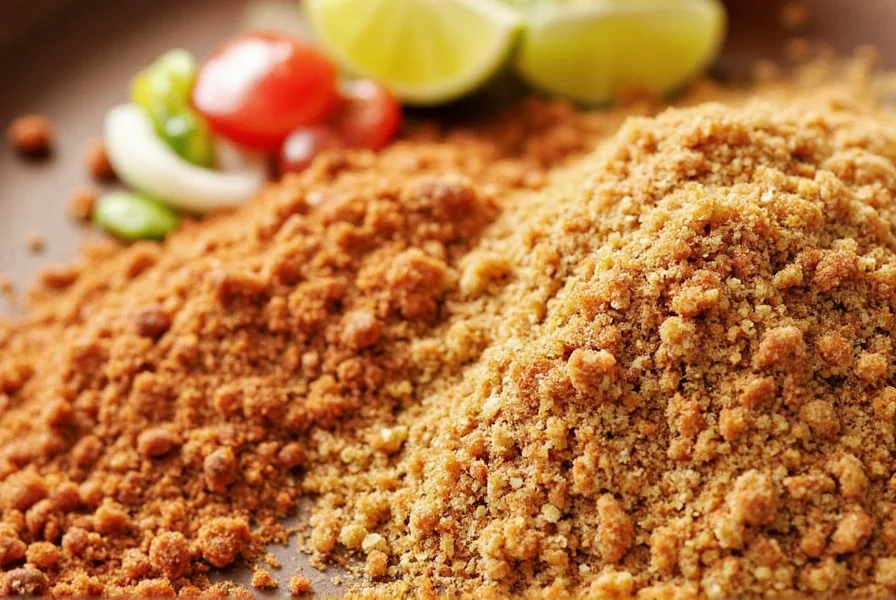
So, what makes it authentic?
- No artificial additives or preservatives
- Whole spices ground fresh whenever possible
- A balanced profile: smoky, spicy, earthy, and slightly sweet
- Often tailored to regional dishes (like tacos al pastor vs. barbacoa)
Why Homemade Often Beats Store-Bought
You might be wondering: Can I really taste the difference? In short: yes. Most store-bought taco seasonings contain cornstarch, anti-caking agents, and excessive sodium. They mask the depth that true spices offer.
Homemade taco seasoning gives you full control over the flavor, heat level, and freshness. Plus, once you make your own batch, you’ll realize how simple and rewarding it is.
Pros of Homemade:
- Customizable to your taste preferences
- No unnecessary additives
- Fresher aroma and flavor
- Cheaper in the long run
Cons:
- Takes time to roast and grind
- Requires access to quality spices
- Might not be practical for quick meals
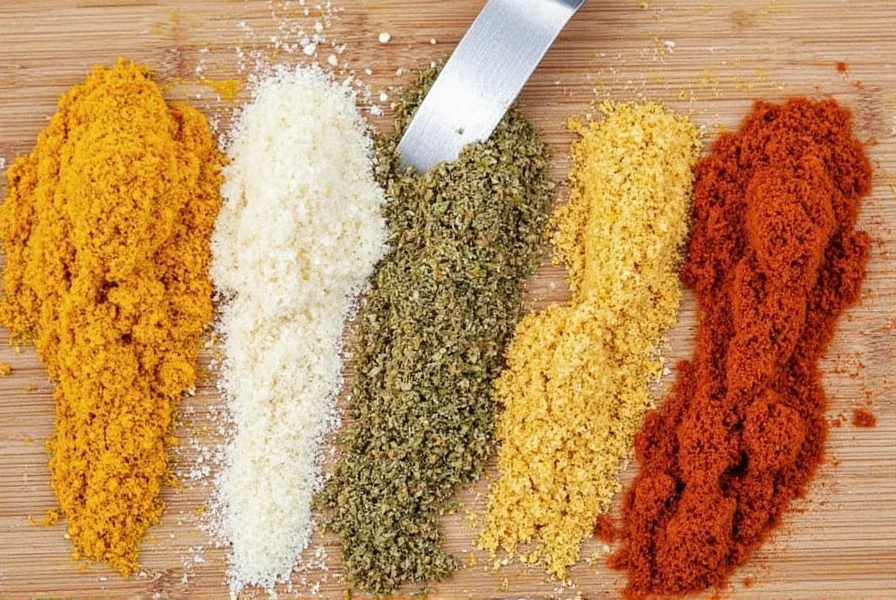
Top 7 Must-Have Spices for That Real Taste
The base of any authentic Mexican taco seasoning includes these seven stars:
- Ground Cumin: Adds earthiness and warmth
- Dried Mexican Oregano: More citrusy and floral than Mediterranean oregano
- Smoked Paprika: Offers a subtle smokiness (perfect for chorizo or carnitas)
- Chili Powder (Ancho or Guajillo-based): Provides deep red color and rich chili flavor
- Garlic Powder: A must for savory depth
- Onion Powder: Balances sweetness and umami
- Sea Salt: Enhances all other flavors
Optional additions for regional flair include:
- Cinnamon (especially in mole-inspired recipes)
- Cloves
- Pasilla chili powder for extra heat
- Coriander for brightness
Store-Bought Showdown: Top Brands Compared
If you’re not ready to DIY, don’t worry! Here’s a breakdown of some of the best authentic Mexican taco seasoning brands available in stores or online.
| Brand | Flavor Profile | Key Ingredients | Price Range | Best For |
|---|---|---|---|---|
| Goya | Bold & salty | Salt, spices, paprika, garlic | $ | Quick weeknight tacos |
| La Costeña | Earthy with light smoke | Guajillo chili, oregano, cumin | $$ | Traditional-style tacos |
| Ranch Style | Mildly spiced | Tomato, onion, garlic, chili | $ | Families and kids |
| Mrs. Dash | Low-sodium, clean | Herbs, pepper, no added salt | $$ | Health-conscious eaters |
| Badia | Well-balanced | Spices, herbs, citric acid | $ | Everyday use |
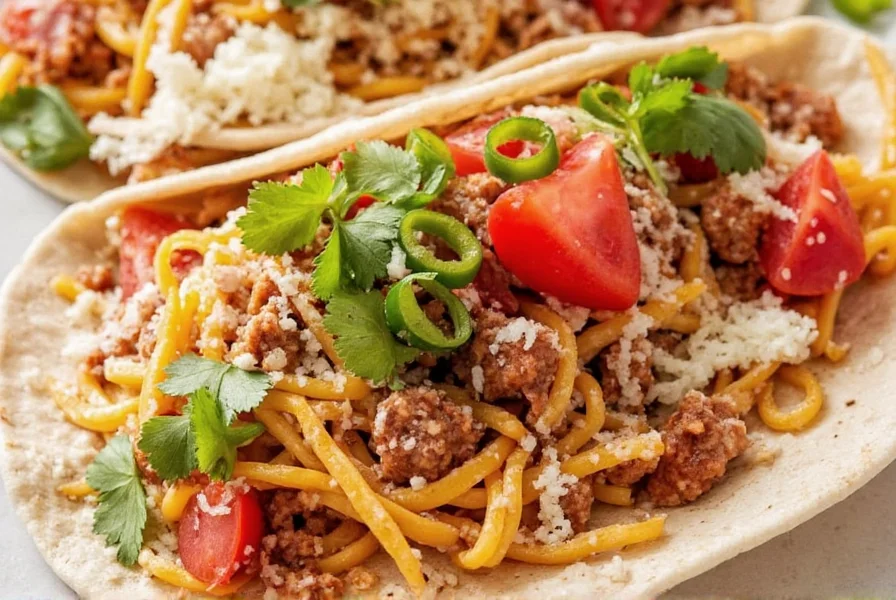
Buying Guide: What to Look For
Choosing the right taco seasoning can feel overwhelming. Here’s a cheat sheet to help you navigate the aisles like a pro:
Label Checkpoints
- No artificial colors or flavors – Skip anything with FD&C dyes
- Minimal fillers – Avoid cornstarch, maltodextrin, or flour
- Real spices first – Make sure the first five ingredients are recognizable spices
- Regional match – Look for blends inspired by specific Mexican regions
Recommended Picks for Different Needs
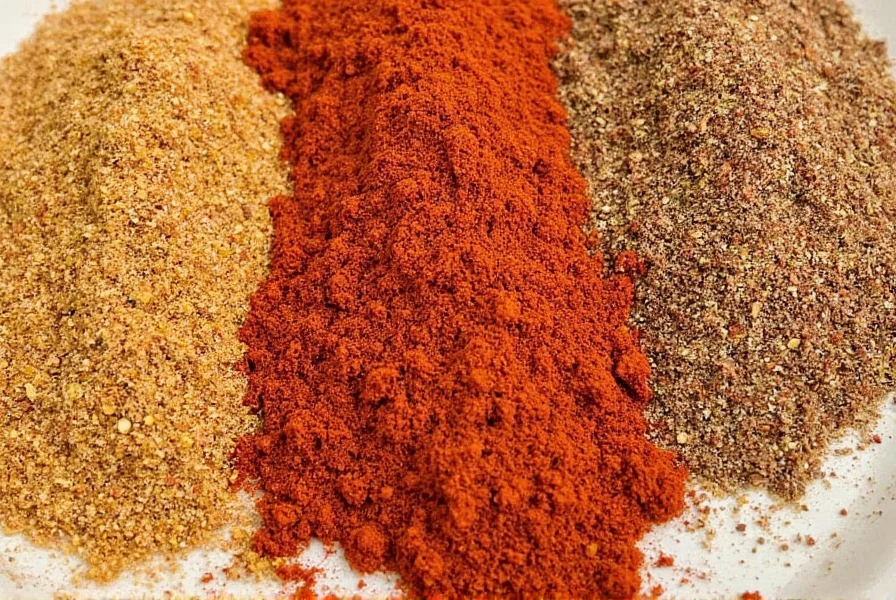
La Costeña Authentic Taco Seasoning
Features: Rich chili base, minimal salt, earthy finish
Best For: Carne asada or grilled veggies
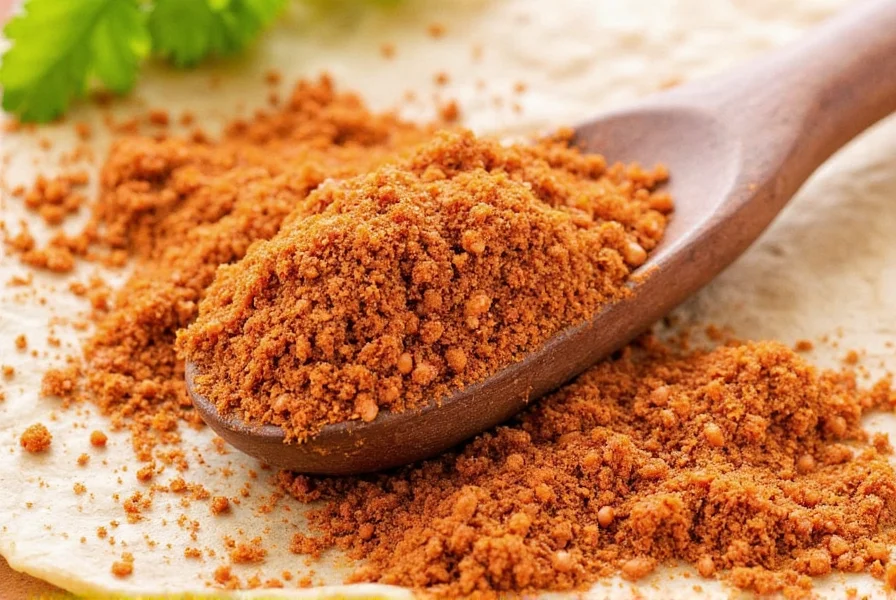
Badia Gourmet Taco Seasoning
Features: Balanced blend, affordable
Best For: Tacos dorados, breakfast tacos
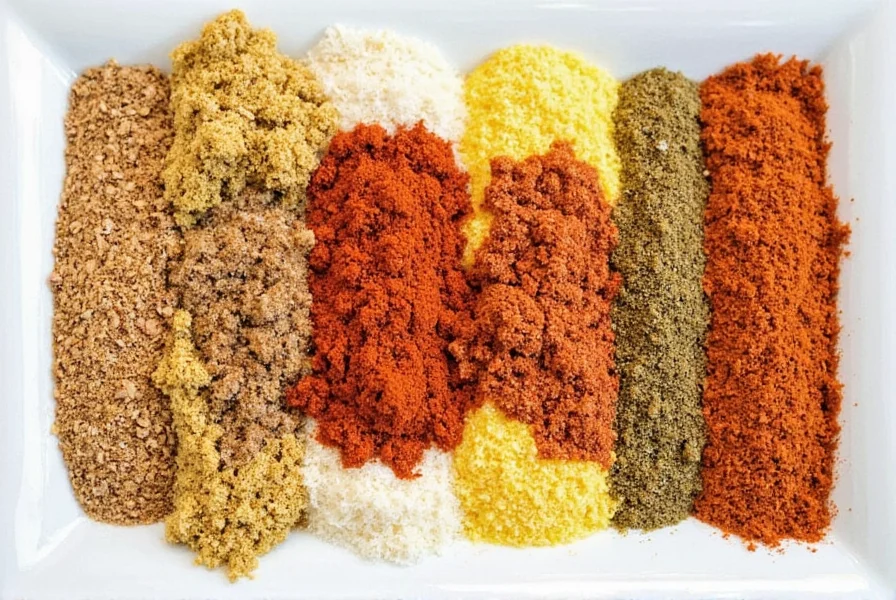
Mrs. Dash Taco Blend
Features: No added salt, herb-forward
Best For: Low-sodium diets
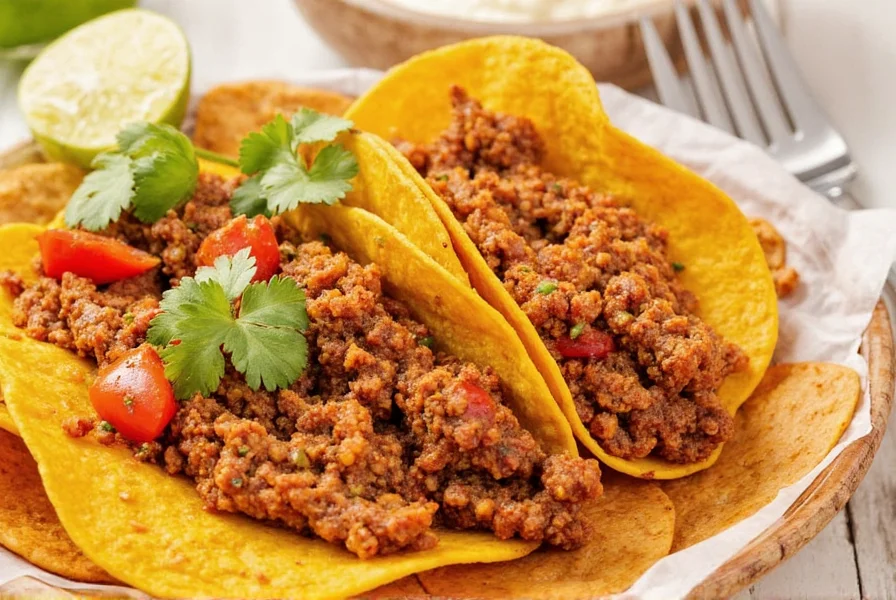
How to Use It Like a Pro
You’ve got your hands on an amazing taco seasoning—now what? Here are tips to get the most out of every sprinkle:
- Dry rub for meat – Mix with oil and let sit before grilling
- Kick up beans – Stir into refried beans or black bean puree
- Popcorn upgrade – Dust lightly for a savory snack twist
- Add to soups/stews – Deepens flavor without overpowering broth
- Marinade booster – Combine with lime juice and garlic for a zesty marinade
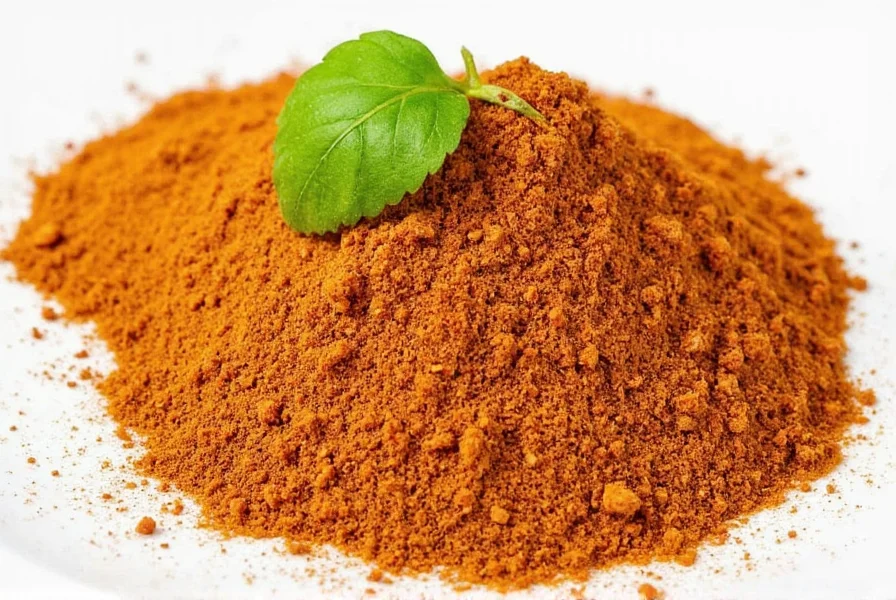
Frequently Asked Questions
Is taco seasoning the same as adobo seasoning?
Nope! While both are used in Mexican cuisine, adobo seasoning typically contains vinegar or lime powder, giving it a tangy kick. Taco seasoning focuses more on warm spices and dried chilies.
Can I use regular oregano instead of Mexican oregano?
You can, but it won’t taste quite the same. Mexican oregano (from Lippia graveolens) has a mintier, more pungent flavor compared to Mediterranean oregano. If you must substitute, use half the amount and add a dash of coriander for complexity.
How long does homemade taco seasoning last?
Stored in an airtight container away from light and moisture, homemade taco seasoning can last up to 6 months.
Can I make it vegan?
Absolutely! Just ensure the spices you use are free from animal-derived processing agents. Most single-ingredient spices are vegan-friendly.
What’s the difference between Tex-Mex and authentic taco seasoning?
Tex-Mex versions tend to be heavier on cumin and paprika, while authentic ones focus on a layered blend of dried chilies, herbs, and aromatics. Think bold vs. complex.
Conclusion
Whether you go DIY or opt for a top-quality bottled blend, the right authentic Mexican taco seasoning can elevate your taco game from ordinary to extraordinary. With a few key spices and some know-how, you’re well on your way to creating restaurant-worthy tacos at home.
Remember, flavor is personal. Don’t be afraid to tweak ratios or experiment with regional variations. And above all—keep tasting!
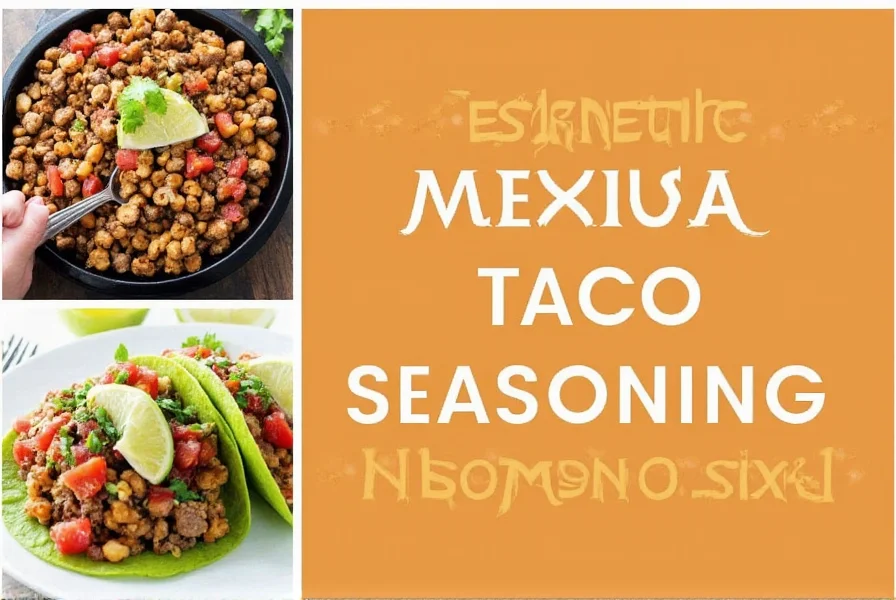

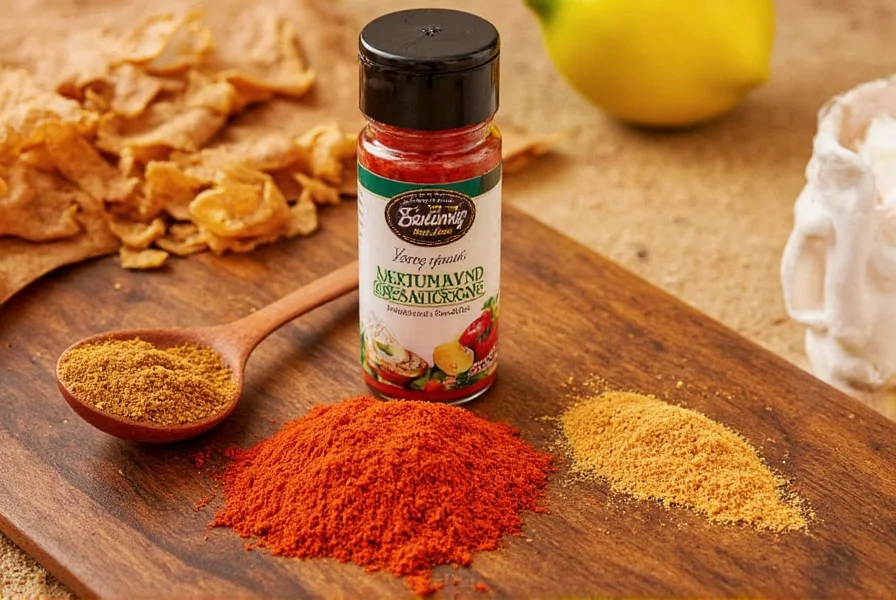









 浙公网安备
33010002000092号
浙公网安备
33010002000092号 浙B2-20120091-4
浙B2-20120091-4